TheBiles
TPF Noob!
- Joined
- Jul 13, 2010
- Messages
- 869
- Reaction score
- 69
- Location
- MCB Quantico
- Website
- www.flickr.com
- Can others edit my Photos
- Photos OK to edit

IMG_0701enhanced by Quentin Biles, on Flickr

IMG_0714enhanced by Quentin Biles, on Flickr
This was the first time that I'd ever done long exposures at night, and I was pleasantly surprised at the starbursts in some of these shots. Is this due to shooting at f/22 or something else with the lens? I always thought you needed a filter to get that effect.


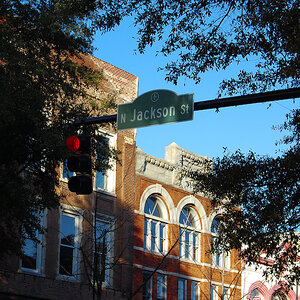
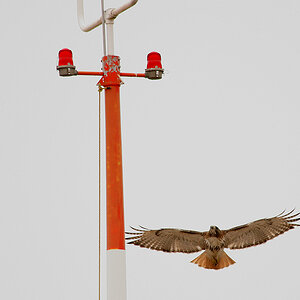
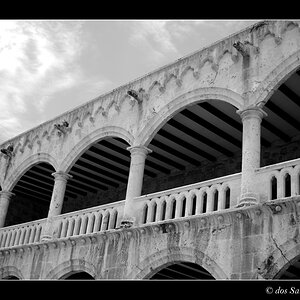
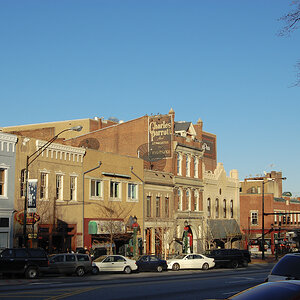
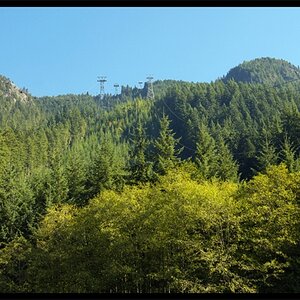


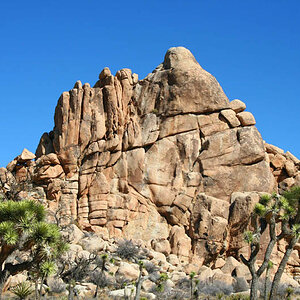
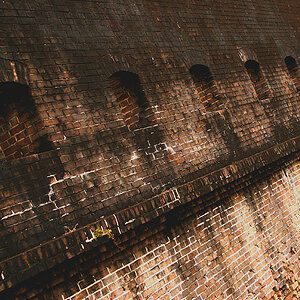
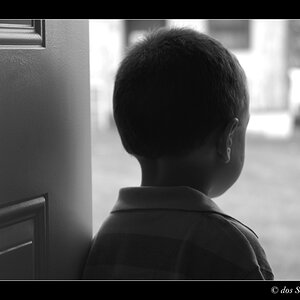
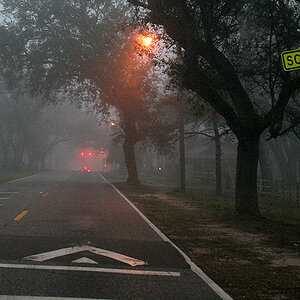
![[No title]](/data/xfmg/thumbnail/30/30873-79f4c5bc298110a994e9eed027728db8.jpg?1619734490)